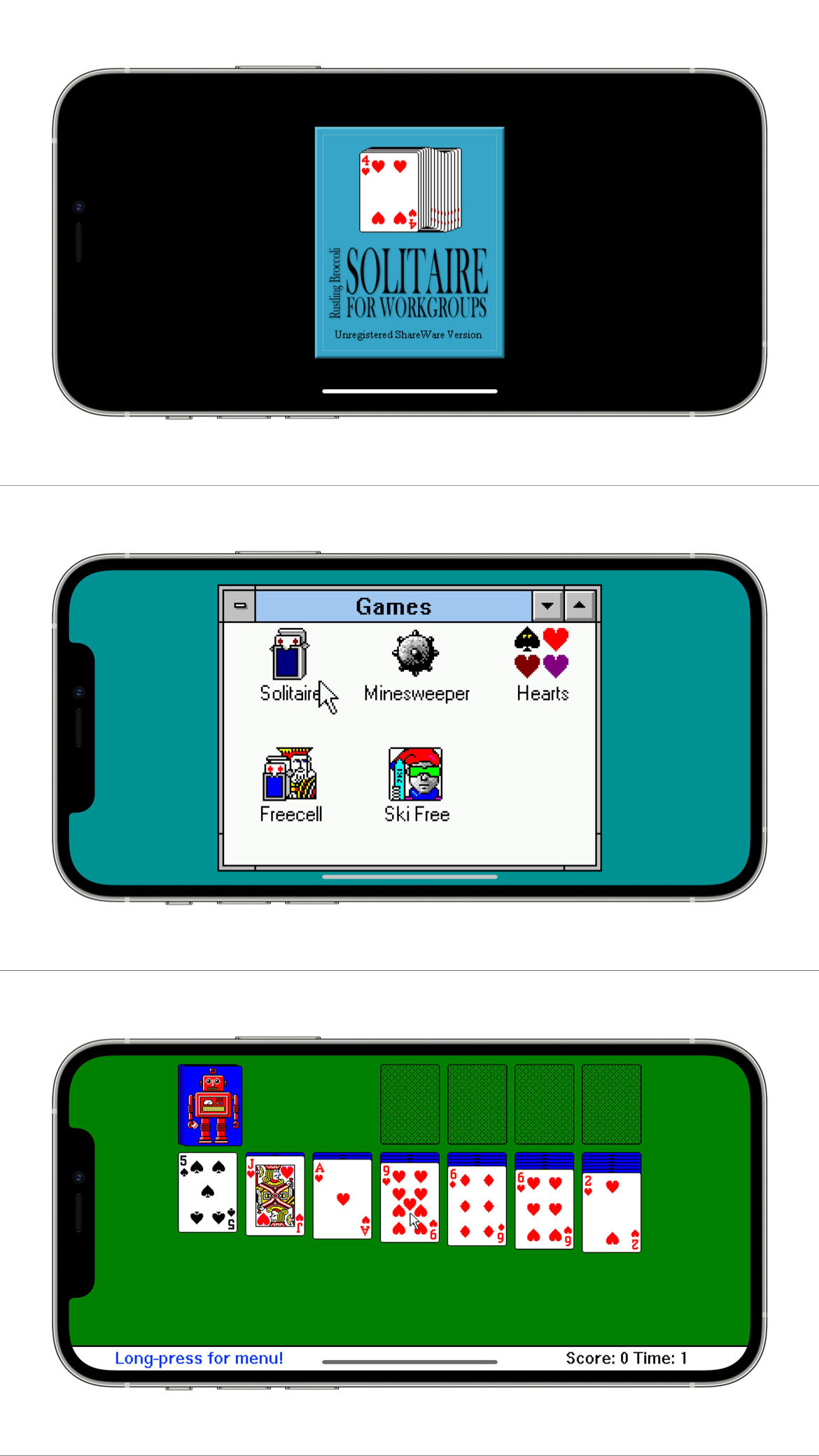Technology
Four different weather reports in Lilydale, Australia. How is weather reporting still so hard?
Seeing John Gruber’s recommendation of a new weather app, Hello Weather (it’s a beautiful app, just feels a little weird that two Basecamp devs are involved, that brand name is tainted after the last week).
I noticed its primary weather data provider is Dark Sky, the now Apple-owned American-focused weather data source.
So I checked my four installed weather apps to see how they reported the current weather in my location right now (Lilydale, Victoria, Australia) and not one current temp lined up.
The first screenshot is Hello Weather sourcing from Dark Sky. The second is Carrot Weather sourcing from the Australian source, WillyWeather, which also gets data from BoM. The third screenshot is the built-in Apple Weather app sourced from the American Weather.com, and the fourth is a screenshot from the Australian government’s own official Bureau of Meteorology official app.
How is weather data so hard?
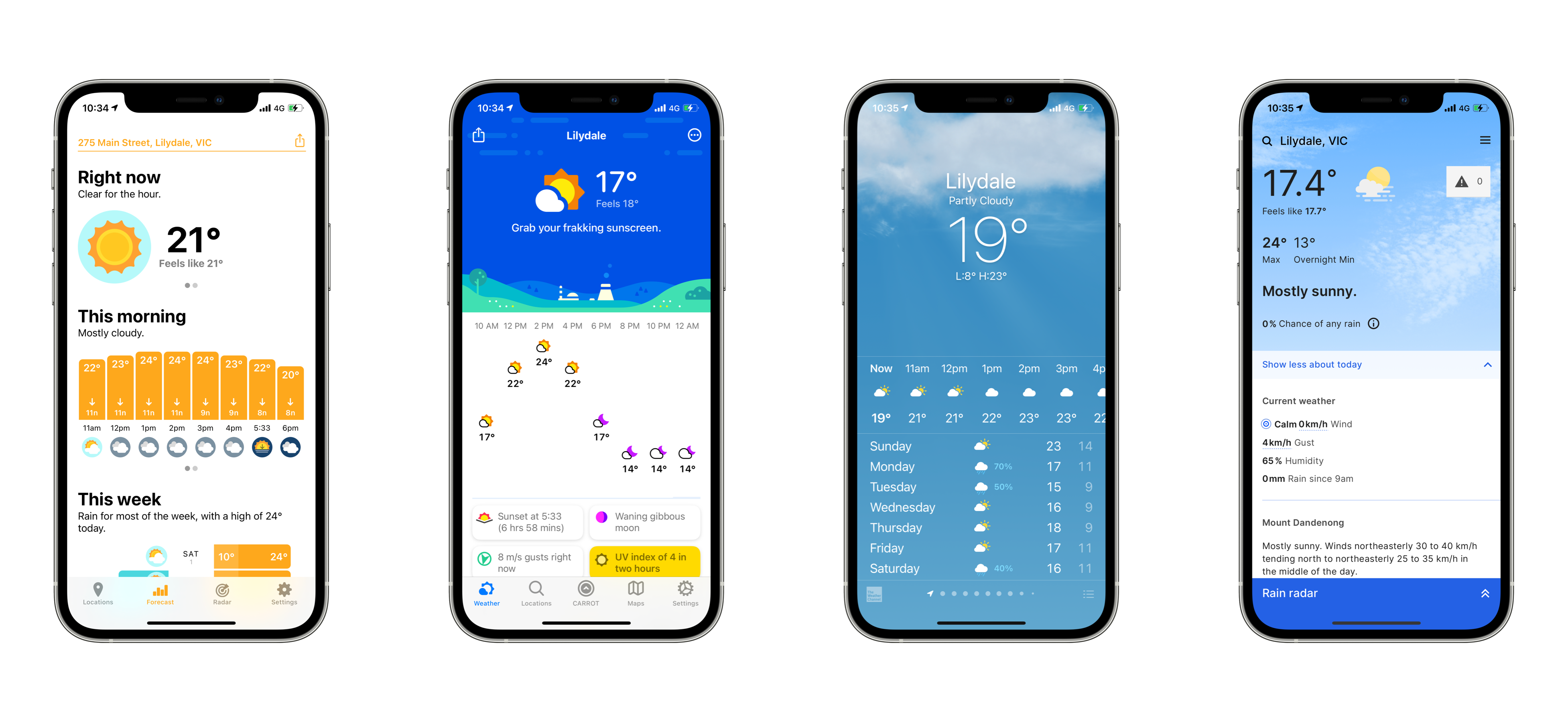
Tap your phone at Gold Coast bus stops to access my website
My February 2021 Apple Fitness challenge is to walk 227km in the month. So I was out late last night closing in on the target when I stopped and looked at the bus timetable sign at a local bus stop.
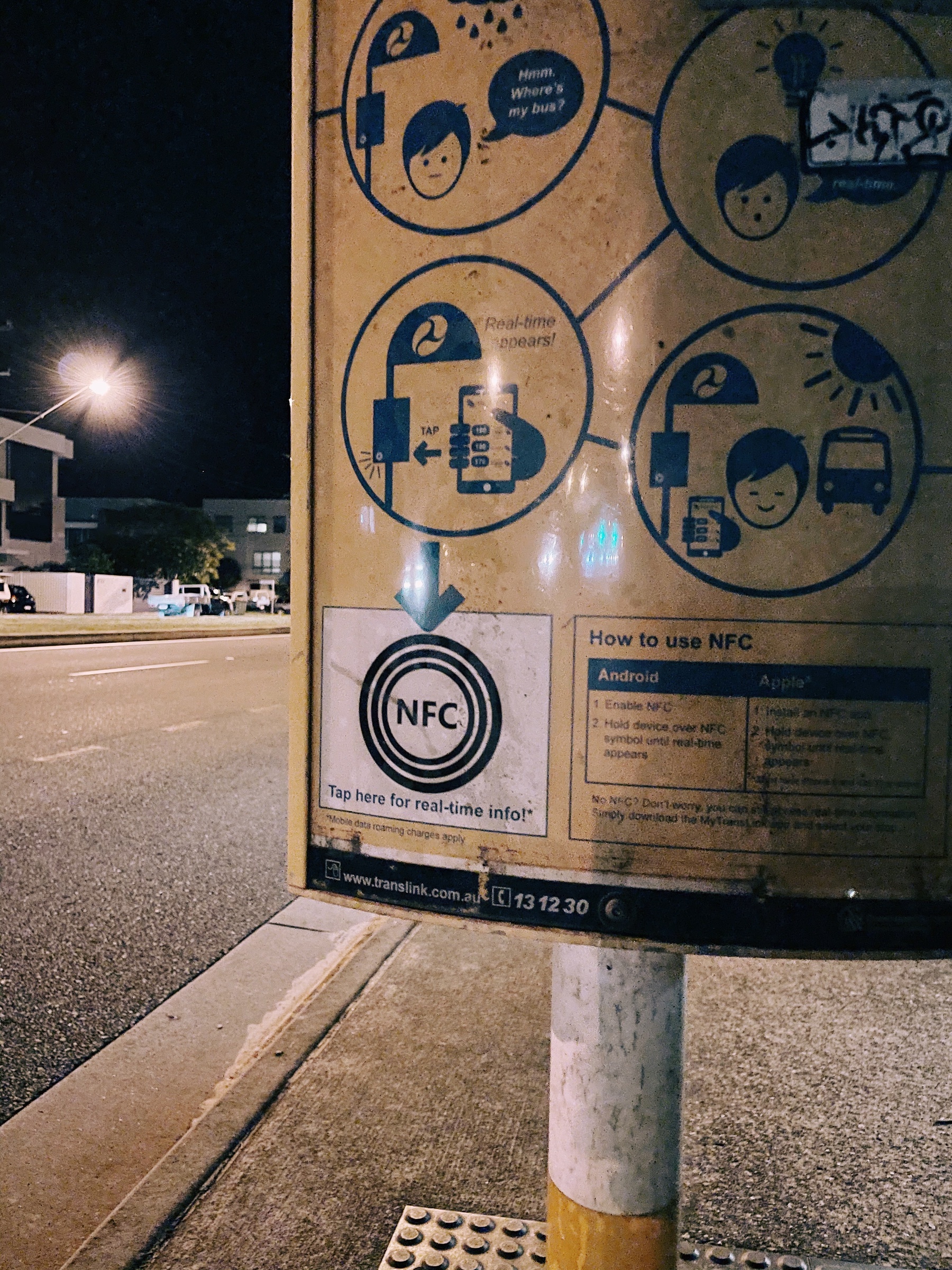
That NFC tag piqued my curiosity. I wondered if it worked on iPhone?
So I tapped my iPhone 12 Pro up against the NFC logo and a website hyperlink notification popped up like when you scan a QR code.
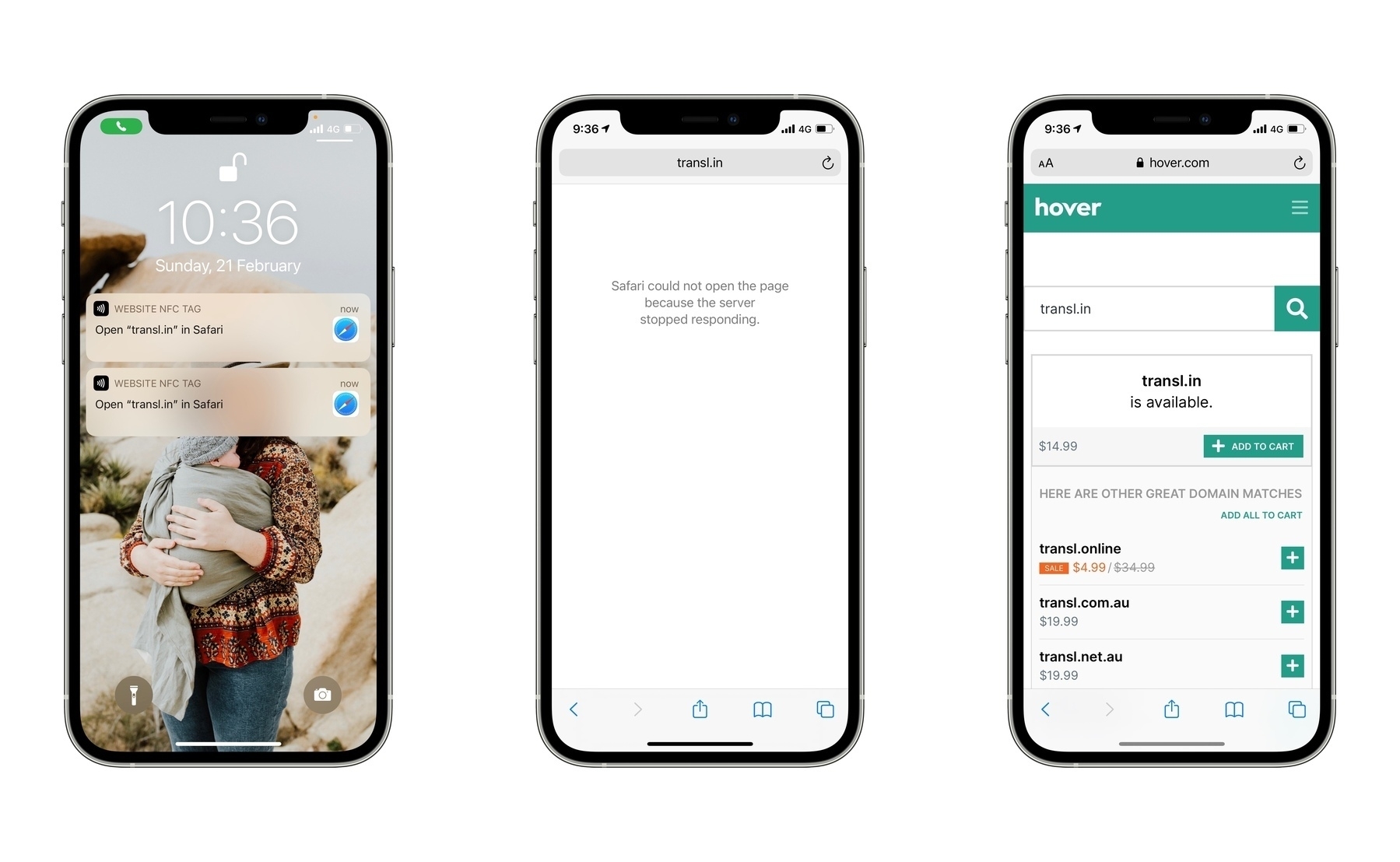
And TransLink, the local public transport provider, had neglected to renew the domain name used in the NFC tag.
I now own the transl.in domain name and the people of the Gold Coast now have easy access to my website. 🤷♂️
As an example, a local bus stop links to http://transl.in/k_300428
Dear DJI,
I’d like a new Mavic model please.
In late 2016, five years ago, you set my heart on fire. I’d been watching the Phantoms ghosting through the sky making aerial photography for three years. Your Inspire line had inspired me for over two. But the Mavic, the sweet little foldable package with a great camera, won me over, be still my beating heart.
That first relationship with the Mavic Pro was like the first time I drank whisky neat. I knew everything before then was wrong, and only this was right. I saw the Platinum and the Air taxi onto the UAV runways of our hearts and knew something bigger was coming.
And in late 2018 that Mavic 2 boarding call sounded. I fell in love all over again. With the choice between a Zoom model or a Pro model with that fat ‘Blad camera, I knew the Mavic 2 Pro was for me, and boy did we see the world. That Mavic 2 Pro and I, we travelled far and wide. Through America, New Zealand, Bali, Iceland, and all over my home that they call Downunder, we made photos and videos and had so much fun.
In Iceland in late 2019 my little Two Pro got a little bit confused - I think we were too close to the Arctic polar cap - and despite my best piloting, the compass wanted more, and she flew into the distance, and I’m guessing the side of a mountain about 25 minutes flight time away. Luckily for me, the DJI Go app data saved my bacon and a warranty-replaced Mavic 2 was in the mail.
In late 2020 the drone and my relationship had blossomed to the point where I felt like we could expand our boundaries and try new positions. On this one sunset afternoon one of us got a little too close to a wave, and then amidst the confusion, we got a little too close to a rock pool, and the rocks, and the pool, and things didn’t end well.
Alas, now I am drone-less.
I even received spousal approval for a new purchase as a birthday present last year.
But I look at the DJI product lineup and can’t help but feel like it’s missing a Mavic 3. In the intervening years new Airs and Minis have been released, so your passion for small has not waned. Yet the Mavic line of spectacular cameras, rocking some sweet sweet Hasselblad glass on a small and foldable aircraft, has gone wanting.
Please put a new drone into my hands, DJI.
Please don’t make me buy whatever Sony is selling.
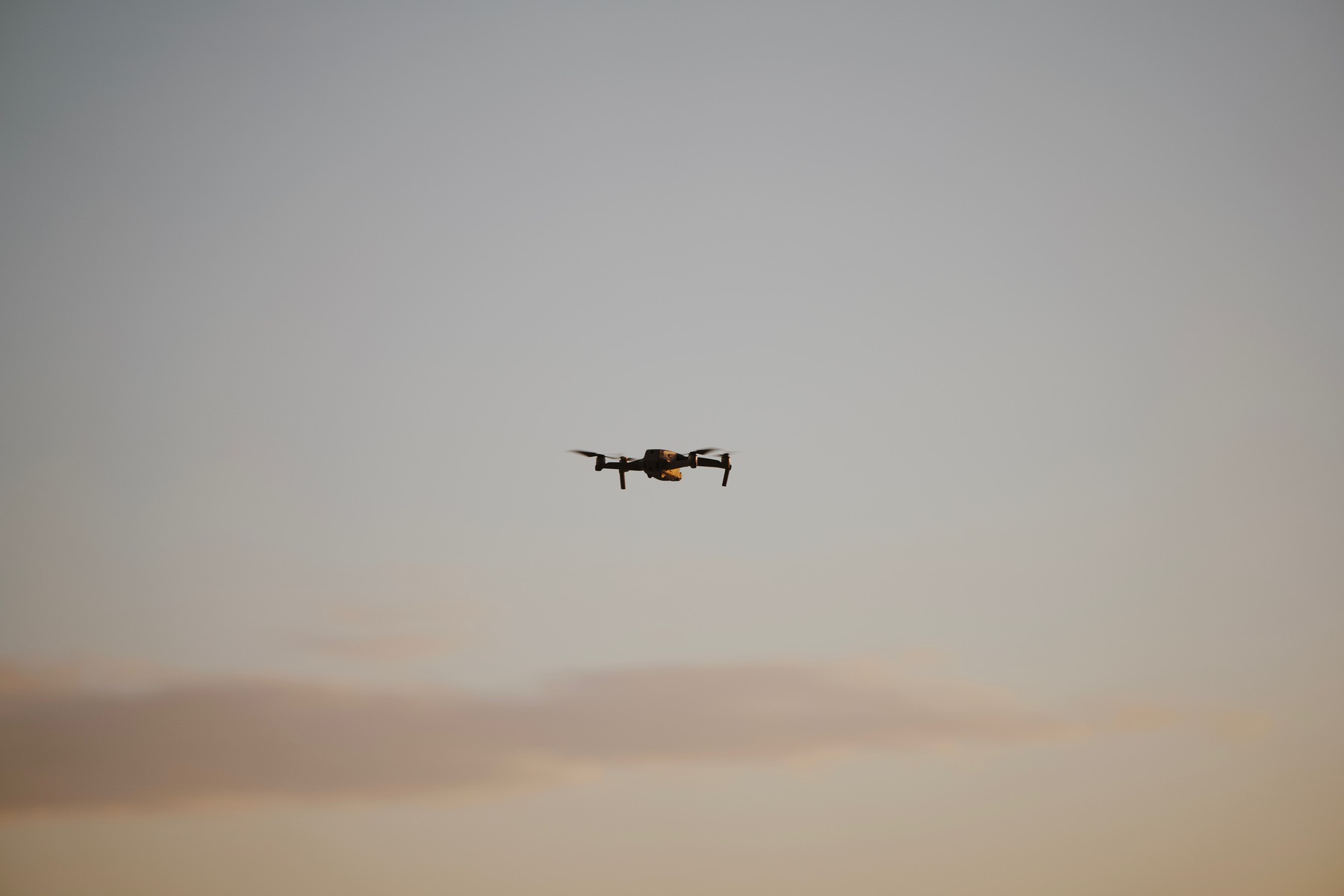
I’m two days deep Clubhouse and I’m feeling bullish about its potential.
It’s a powerfully personal medium, with deep accountability (live voice). It’s like the child talkback radio and social networking.
I’ve got one invite left if you’re interested.
Feature request for iMessage, Facebook Messenger, Instagram DMs, and Facebook Page Messenger: FOR THE LOVE OF GOD LET ME SEE UNREAD MESSAGES SO I CAN “READ” THAT ONE UNREAD MESSAGE WHICH I CAN’T FIND ANYWHERE. Maybe a simple “filter by unread” or somethn?
“Tech level determined using Qsin”
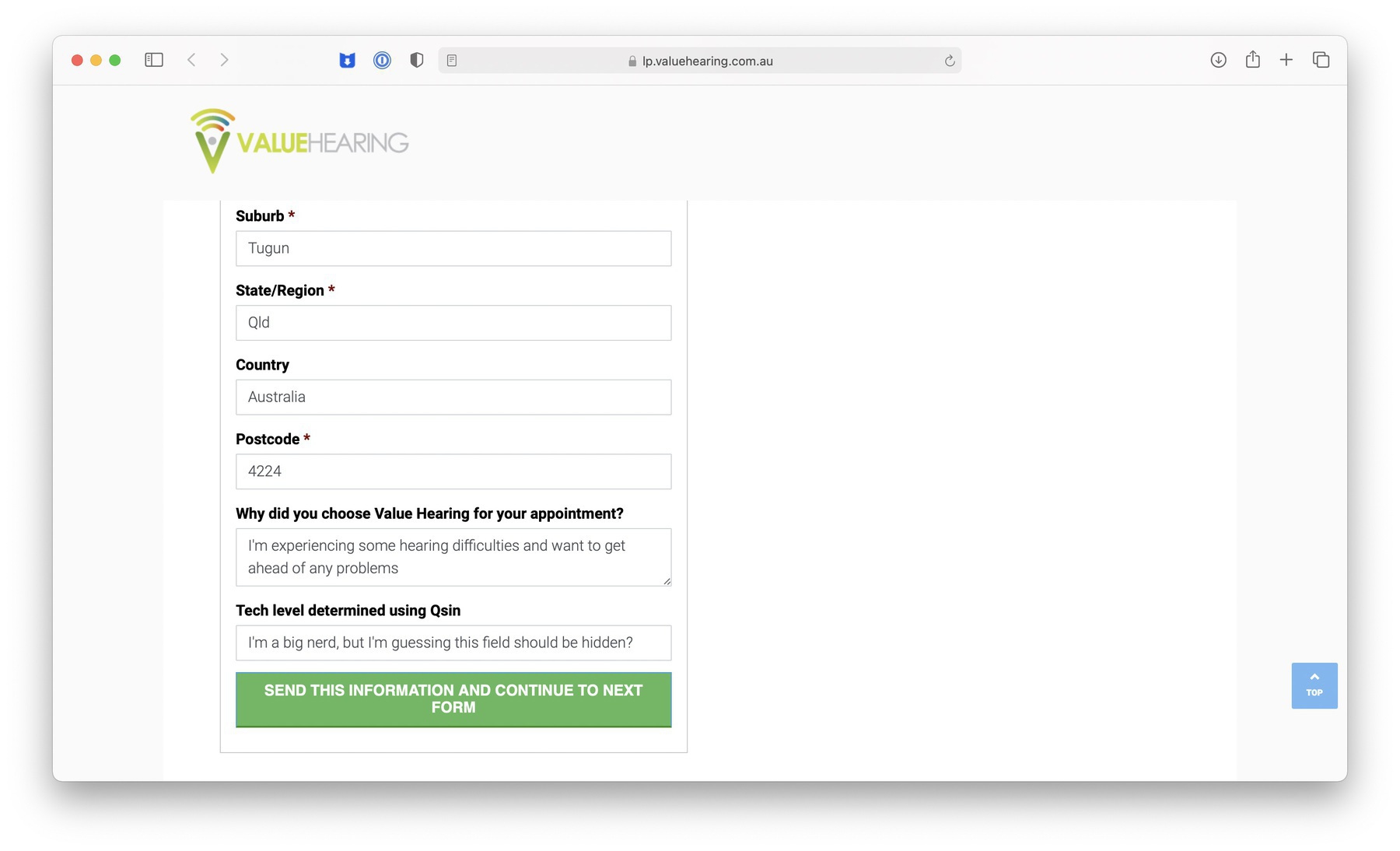
The fact that Uber achieved the same growth in 10% of its $150 million as spend is one thing, the story of how they got there, that’s something else entirely!
How to overcome Phone Addiction [Solutions + Research]
“Phone addiction is one of the biggest non-drug addiction in human history. Studies show that excessive phone use is linked to procrastination, suicide (example), spoilt sleep, food and water neglect, headaches, lower productivity, unstable relationships, poor physical health (eye strain, body-aches, posture, hand strain), and poor mental health (depression, anxiety, stress). Some of these problems can be both causes and effects of phone addiction (procrastination, anxiety, unstable relationships, etc.).”
With many of us grounded, has anyone had a play of PC Globe to try and scratch that travel itch? You might need to upgrade to a 486 to run it well.
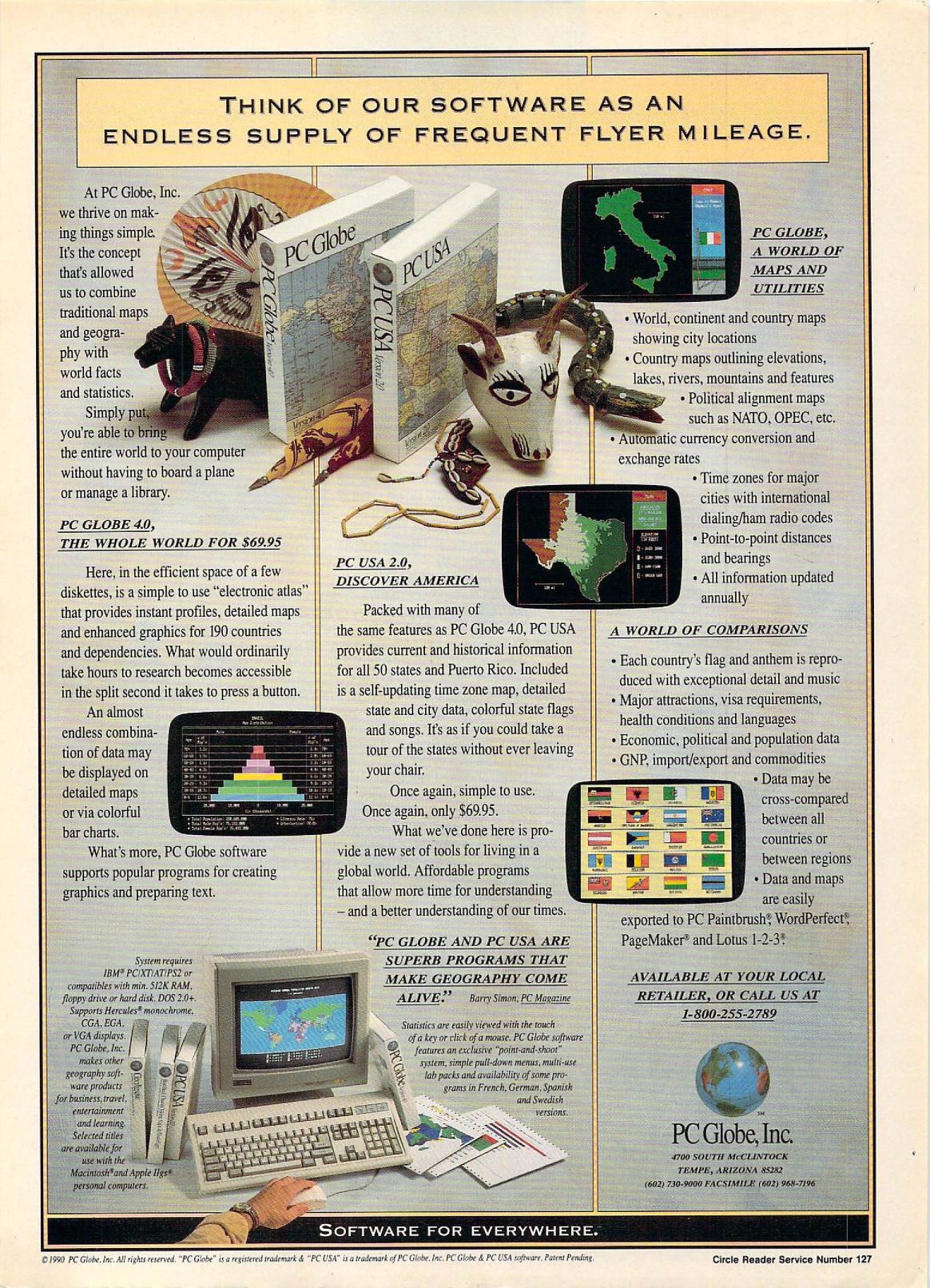
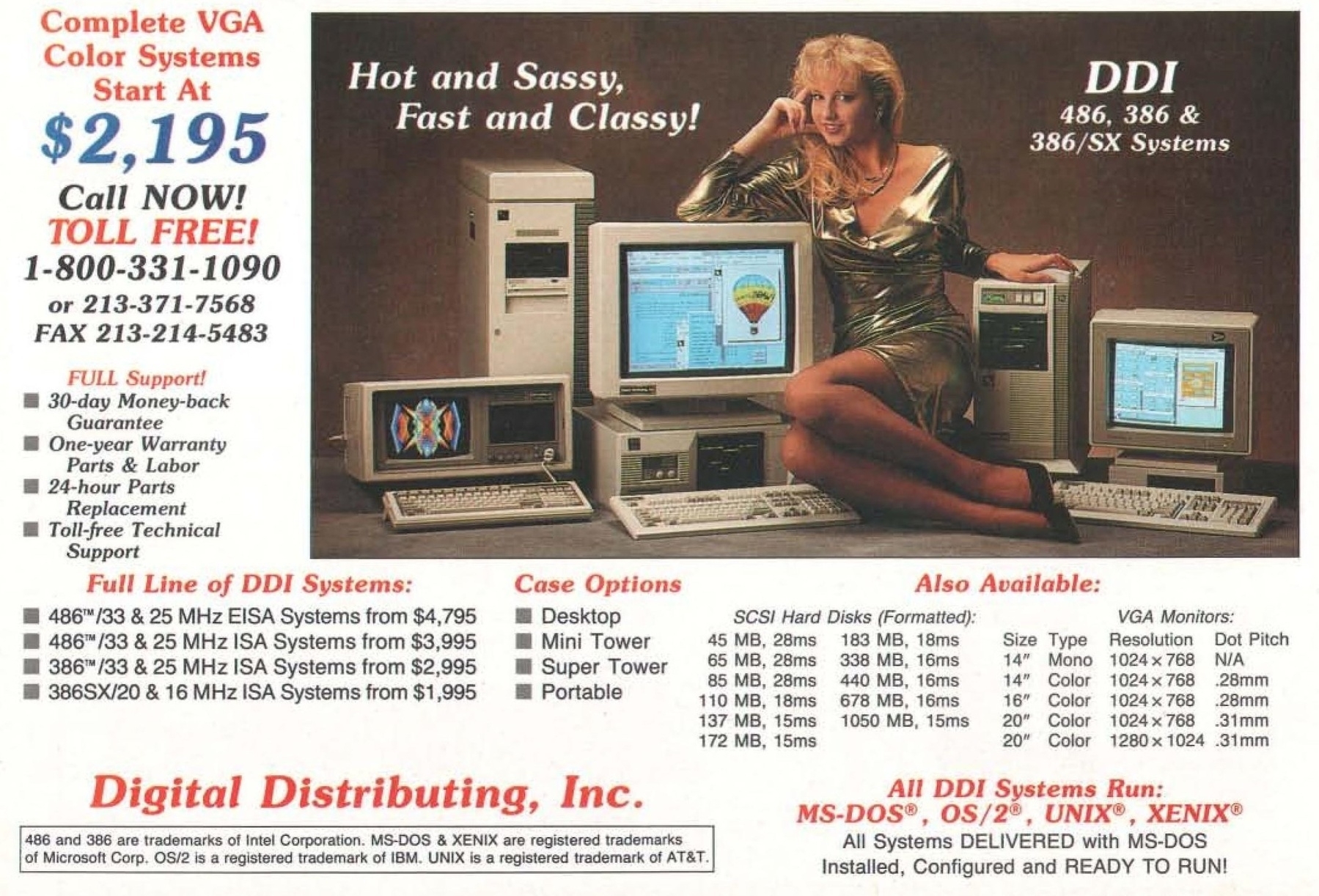
My issue with Spotify and Amazon muscling in on podcasting and how Apple has failed as well
Life on the internet, and in podcasting, is a game of middlemen (middlepeople?). The middlepeople actually really benefit from being in the middle, more than we imagine, and it’s an easy position to hold, one that most of the middlepeople hold in secret. Spotify is muscling it’s way into becoming the middle person between you, your favourite podcast, and the 246 companies that receive that data. Meanwhile big-spending Amazon is muscling it’s way into our listening habits, and even my podcast app of choice, Overcast, is a middleperson by design in that the Overcast servers know what podcasts I listen to, and those servers are continually polling the different podcast servers.
Spotify and Amazon I take issue with because they want to put a toll booth, even if it’s a free toll booth, on an already open road. Overcast is operating a booth on the road, but it’s not taking a toll. Whilst all of that is going on, the original champions of the podcast space, Apple Podcasts is - more than possiblly unknowingly - oversharing to the nth degree about who is driving on the free road, and I feel like that sharing needs to be reduced.
Algorithms are destroying our communities and what can we, or I, do about it?
There needs to be a better way to Internet
Maybe it’s because 2020 gave me many opportunities to think through the implications of which technology companies I’m quite beholden too, or maybe it’s because 2020 brought to light so many of the unhealthy business practices so many technology companies are embroiled in, but I’ve been trying to make big changes in my lifestyle in response to either, or both - because I believe that tech company algorithms are destroying marriages, friendships, families, and communities. I believe our privacy is important.
Social Media
I find so much connection and joy in the social elements of the web today, be it Facebook or Instagram, Twitter or YouTube, but I’m increasingly aware that anything more than a passing view into any of these portals is unhealthy for my soul, and an increasingly unhealthy place to “spend my data.”
I feel less and less comfortable with having my friendships, interests, politics, faith, and philosophy influenced by algorithms.
There’s a real tension here because I enjoy publishing and broadcasting stories - my own, my family’s, my friend’s, and the stories in my greater circle of life - plus I love listening to and reading your stories.
There’s just an inherently unhealthy aspect to a non-human deciding what you should hear about from your community.
Podcasting
I have a 25 year love story with the audio storytelling medium. It was 1996 when Paul McDermott, Mikey Robbins, and the Sandman were on Triple J for Breakfast and I feel in love with the idea of telling stories and entertainment purely through audio - no pictures, no words, no video.
As we skipped into a new millennium Dave Winer invented really simple syndication, RSS, and Adam Curry and Cameron Reilly started making podcasts, I witnessed the democratisation of audio away from broadcast radio despite forming and then walking away from a career in the artform.
Today as I witness Spotify and Amazon work hard at putting podcasts behind data-collecting, algorithm-driven, firewalls I honestly feel sad for the loss of the open industry of podcasting. I’m not saying all podcasts should be free. I personally pay for a number of podcasts, I’m just saying we should be able to access them without sacrificing personal freedoms, liberties, and without sharing excesses of personal data like what podcasts I listen to, which ones I listen all the way through, and the ideas algorithms can derive from that data.
Our entertainment and our information should be democratically available and curated by people, not by algorithms.
News, information, and articles
If you search on Google today for “The first podcast” you’ll see Google News articles for Prince Harry and Meghan Markle’s first podcast episode.
Our news and information, our thought-pieces and studies, our stories and anecdotes deserve better than being submitted to an algorithmic in the hopes that the mathematics decide they’re worth being read.
Communication
I don’t like the idea of the algorithms feeding me news, information, funny videos, and podcasts, to also be reading my messages and communications between people I love.
Photos
I have so much love for the art of photography. I would love you to enjoy my photos, and even more so I’d love to enjoy your viewport to the world. Maybe some of mine can hang on your wall as art, and vice-versa.
But I don’t want Facebook, Google, and Amazon to degrade that experience, and worse, abuse it for their own data-gathering needs about where we all were, and what we did.
Hardware
I don’t use Google Android phones because I don’t trust Google to run an operating system I could trust, and I use Apple computers because of the opposite, I enjoy knowing that my data is mostly processed locally - not in a data-overlord’s cloud. It’s an expensive choice, but until I know any better, I’m using Apple computers and mobile phones.
Entertainment
So many TVs today are selling our viewing data to advertising companies, and purely because Amazon and Google’s names sre in the product title, the Chromecast and Fire sticks are products I don’t trust.
The fix?
I’m leaning back into the open web, reading blogs on people’s own websites like mine where you’re reading this to hear my friend’s and family’s stories, listening to open podcasts that are available to whoever would like to listen to them, articles and news organisations. I’m communicating via phone call, iMessage, and email - not via comment fields and discussion boards, or if I am commenting and replying to posts I want to do it on a social network whose business model is clear and open, like Micro.Blog. Instead of waiting for entertainment, information, news, and articles to be recommended by an algorithm, I would like to see it in my RSS reader, or even better, see you link to it from your blog, and if I want you to read it, I can link to it from mine. I’m taking my photos back from Google and Facebook and sinking them deep into Apple Photos because I feel like I can trust them to be stored safely and enjoyed beautifully there.
I’m not insisting that my choices are the only and best, but with what I know today, and with the resources I have, and what I’d like to do and enjoy, I think these are pretty good choices.
Why should we care?
I’m writing all this so I might encourage you to come with me. I love the idea of us not talking over Facebook Messenger, and finding out about your pregnancy via an Instagram Story. I relish the idea of you listening to a podcast and thinking I might enjoy it so you share it with me. I dream of a day where local news and information is broadcast and published without fear of it not performing well in the news feed or without generating enough advertising revenue.
I hope for a day where the internet and our relationships live harmoniously - not in fear of each other.
We might never get there, but we can try.
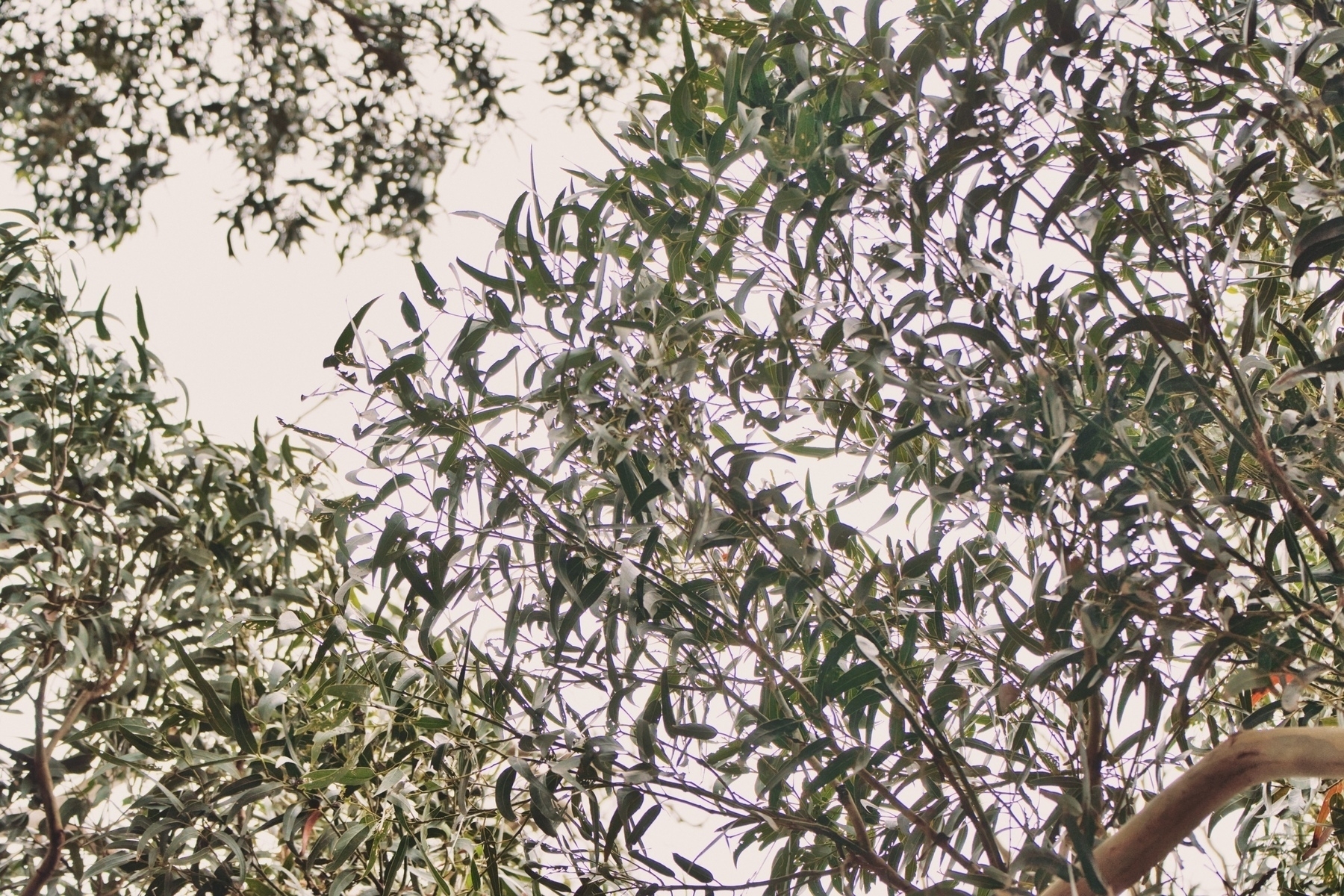
If you thought everything else that happened this year was scary, 2020 is going out with a bang with delightfully terrifying dancing robots from Boston Dynamics
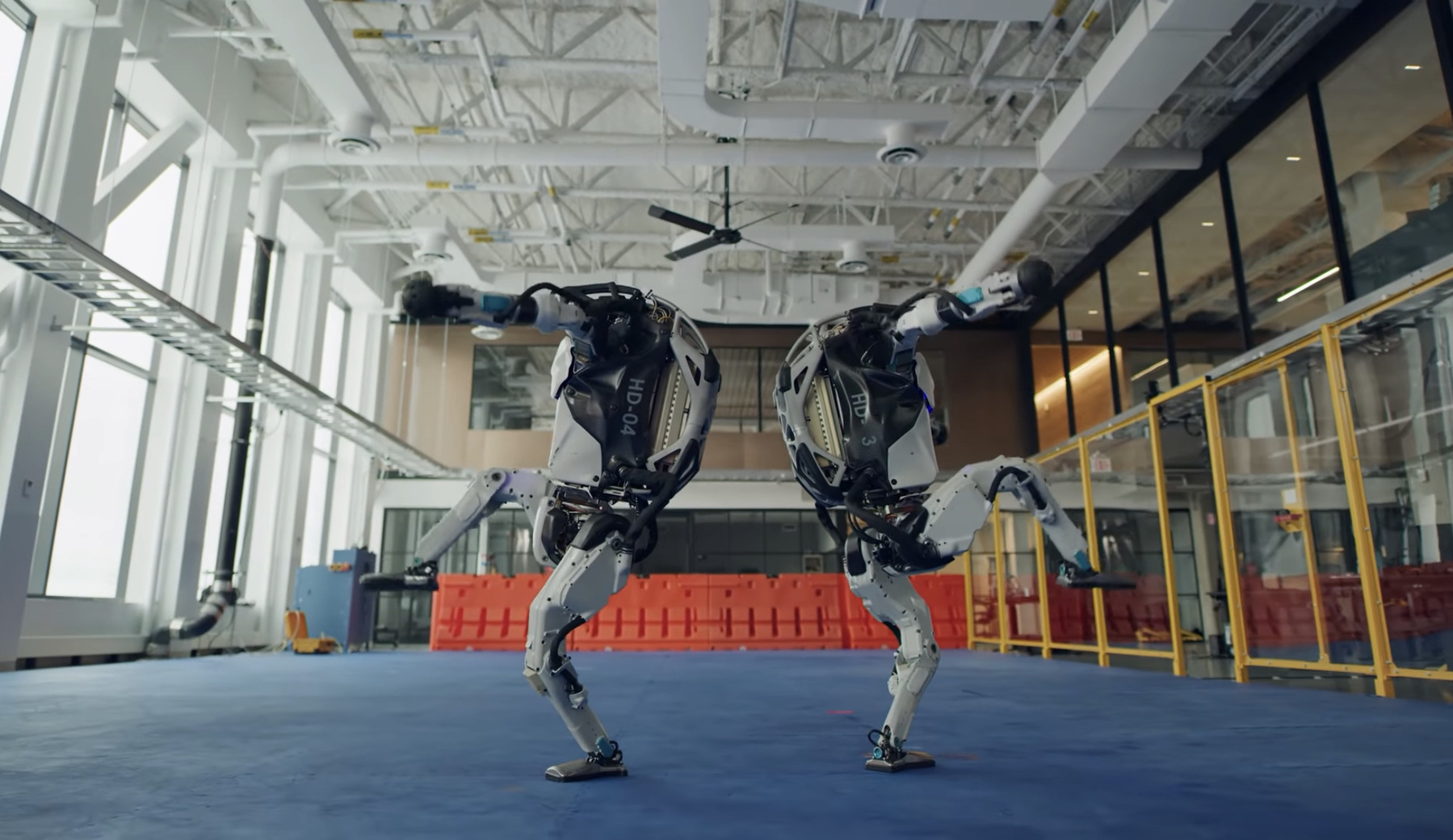
A new family and travel photo workflow
For my personal travel and family photos, I’ve started a new photos workflow, and I thought other people who are beginning their family photo journey like I have in the past few years might be interested.
The premise of the workflow is that photos begin on my iPhone, Britt’s iPhone, or my Sony A6400. They are processed, and then iCloud Photo Library is my one true family photo library.
I’ve put loads (months) of work into clearing and culling that library down to about 21,000 photos now, and just recently finished geotagging every single last photo in the library using Metapho.
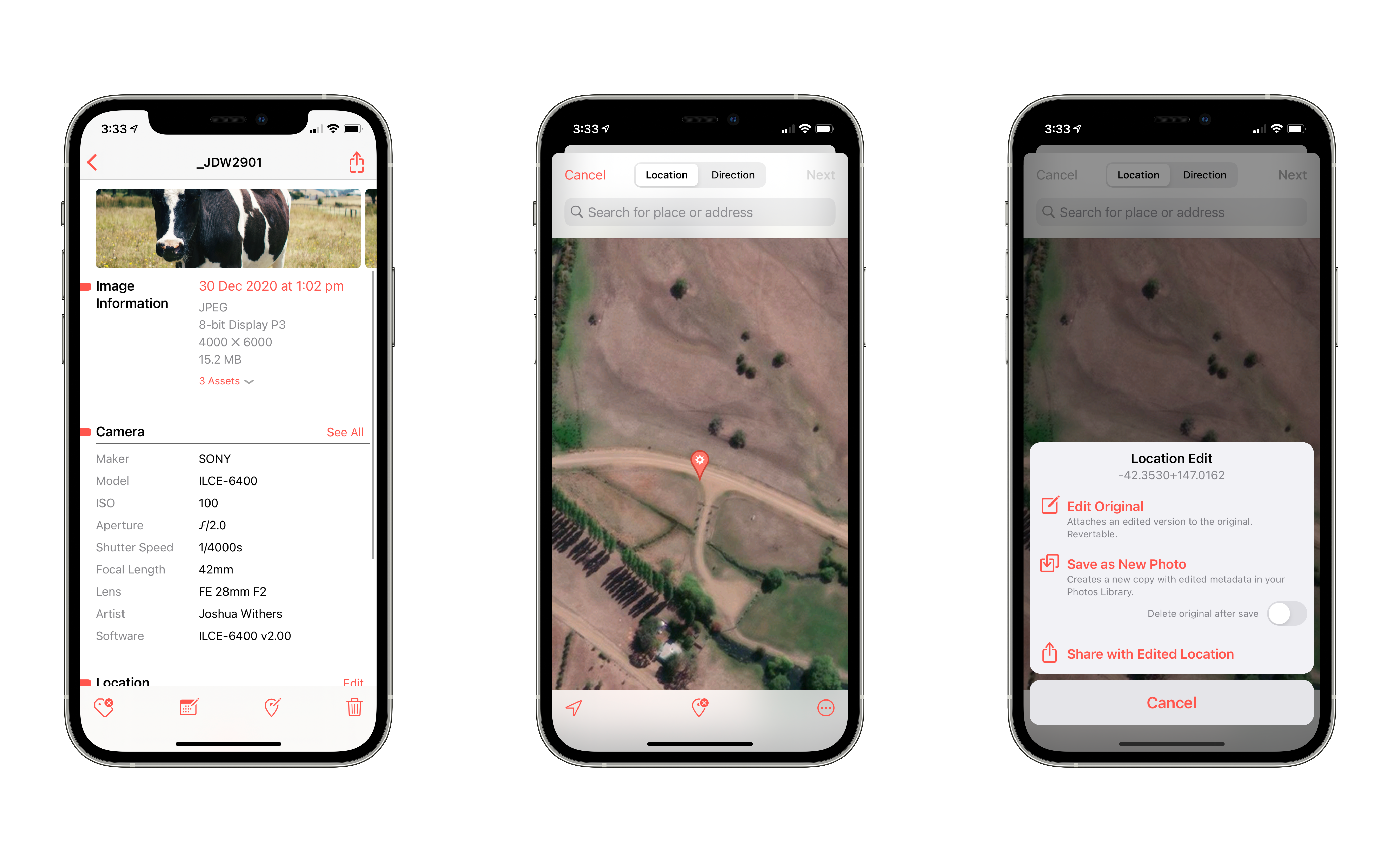
Because I like the idea of capturing as much data as possible so I have wiggle room afterward, I shoot on my iPhone and Sony A6400 in RAW, and previously I’ve used Lightroom to process photos then export to Photos. Recently however I’ve moved processing to Darkroom. I wasn’t comfortable with paying for Lightroom CC storage, and then having to make decisions about keeping originals either on a hard drive, or to increase my subscription and size for Adobe’s Cloud, so I’m keeping them in Apple’s iCloud - a product I already use and pay for.
The workflow simply looks like this:
1. Import: I import the photos to my iPhone’s camera roll. If I’ve already taken photos on my phone, they’re there. I ask Britt to Airdrop her photos to me. For photos from my camera I have the Apple Lightning to SD Card adapter, and import the raw DNGs straight into the camera roll.
2. Cull: I delete photos I don’t think I’ll keep. They stay in the Apple Photos deleted items for 30 days, more than enough time for regret to realise itself, or for me to realise I never needed those photos anyway.
3. Process: I open Darkroom and because I’ve got access to my Photos library within Darkroom I can edit these new photos as I like. Darkroom has some great inbuilt presets and you can build your own as well.
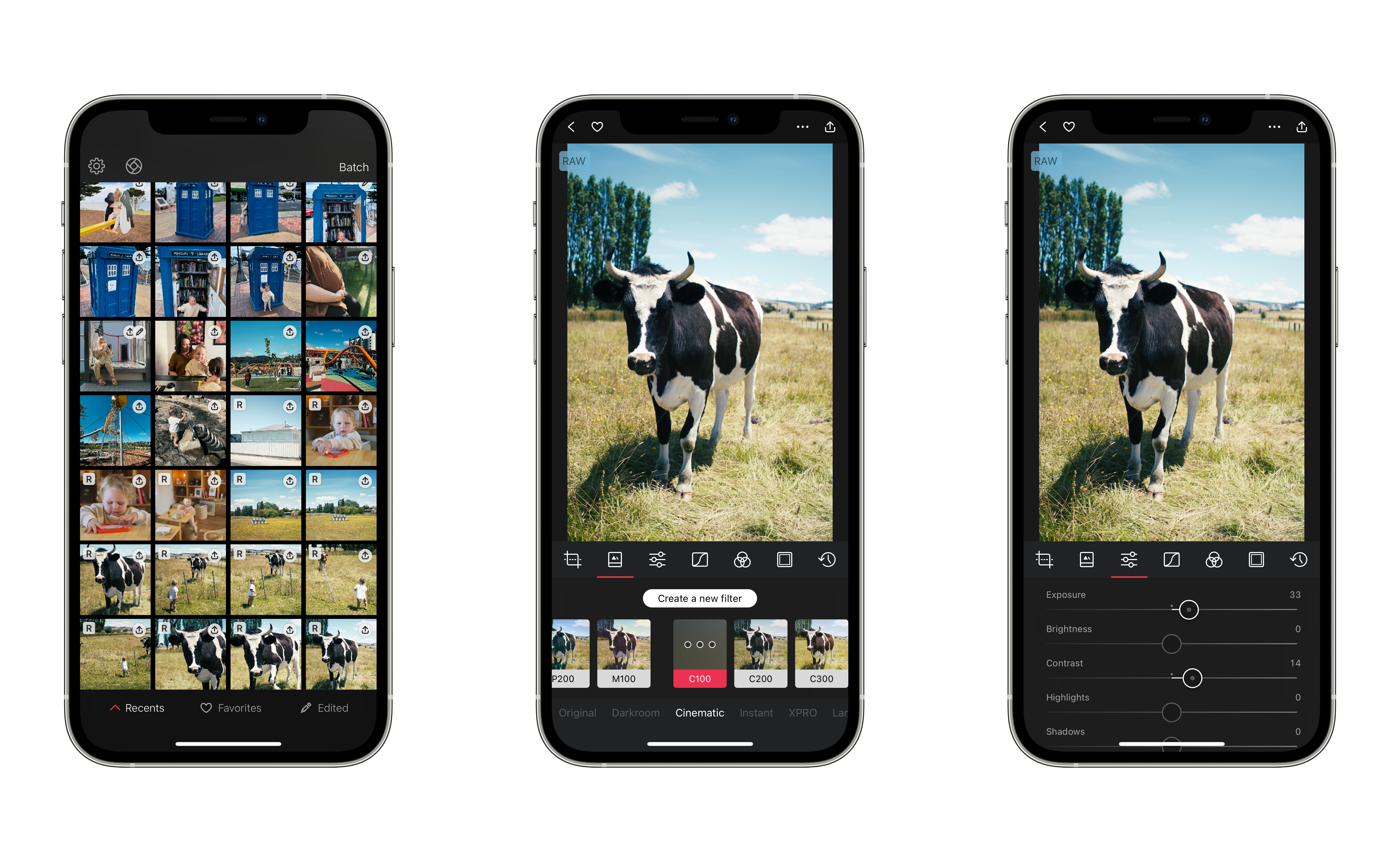
4. Modify Original: Once I’m happy with the crop, straighten, clour grade, edit, and what-not within Darkroom this is the impotant step. In the top right hand corner is the share icon, and I choose “Modify Original” so that the adjustments are stored inside the image file. It’s actually not stored inside, it’s essentially a little zip file, with the .ARW raw DNG file from the camera, a .plist file with the adjustments made in Darkroom, and then a rendered .JPG which is the image we all see, share, and enjoy. This means that there is a package in the iCloud Photo Library which containts those three files, totallying 40.4MB, instead of maybe 15.2MB. I don’t know why this is important to me apart from my inner burning knowledge that once data is gone, you don’t get it back.
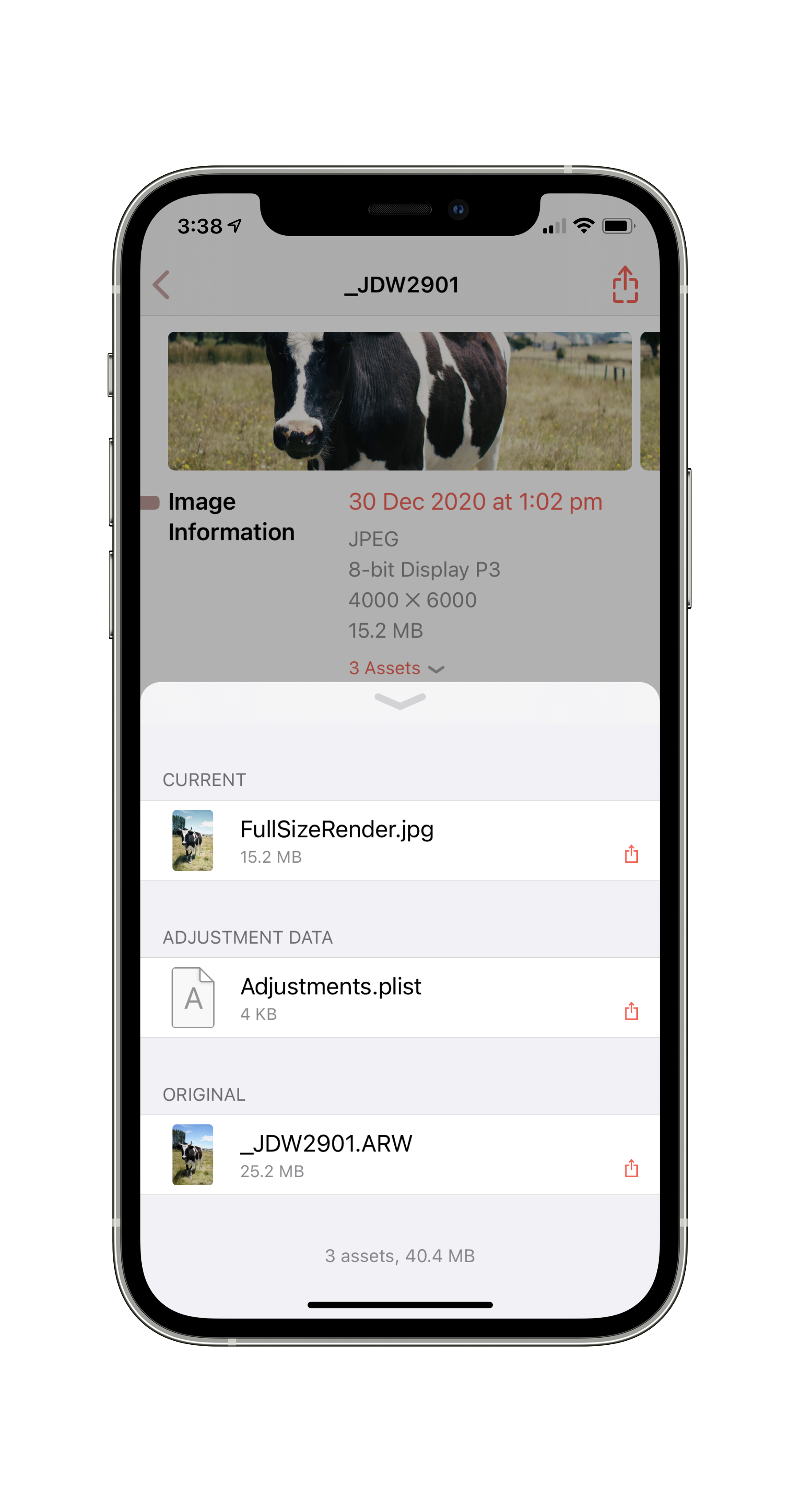
5. Location, location, location: Aside from the image itself, there are three pieces of metadata important to me. The first is the location, the geotag. I love how Apple Photos brings you memories inside the Photos app, and also on my homescreen using the new iOS 14 Photos widget, and those memories are often location related. So I use Metapho as discussed at the top to assign a geotag to every photo that doesn’t have one. Metapho is smart in that it looks at images shot at the same time and date and tries to help by pivoting off that data. Photos taken on my iPhone generally already have a geotag, and photos taken on my Sony might be geotagged if the terrible Sony Imaging Edge app was working that day. Images taken inside often have a slightly incorrect geotag as well, because GPS doesn’t work in the house, so I’ll correct those images.
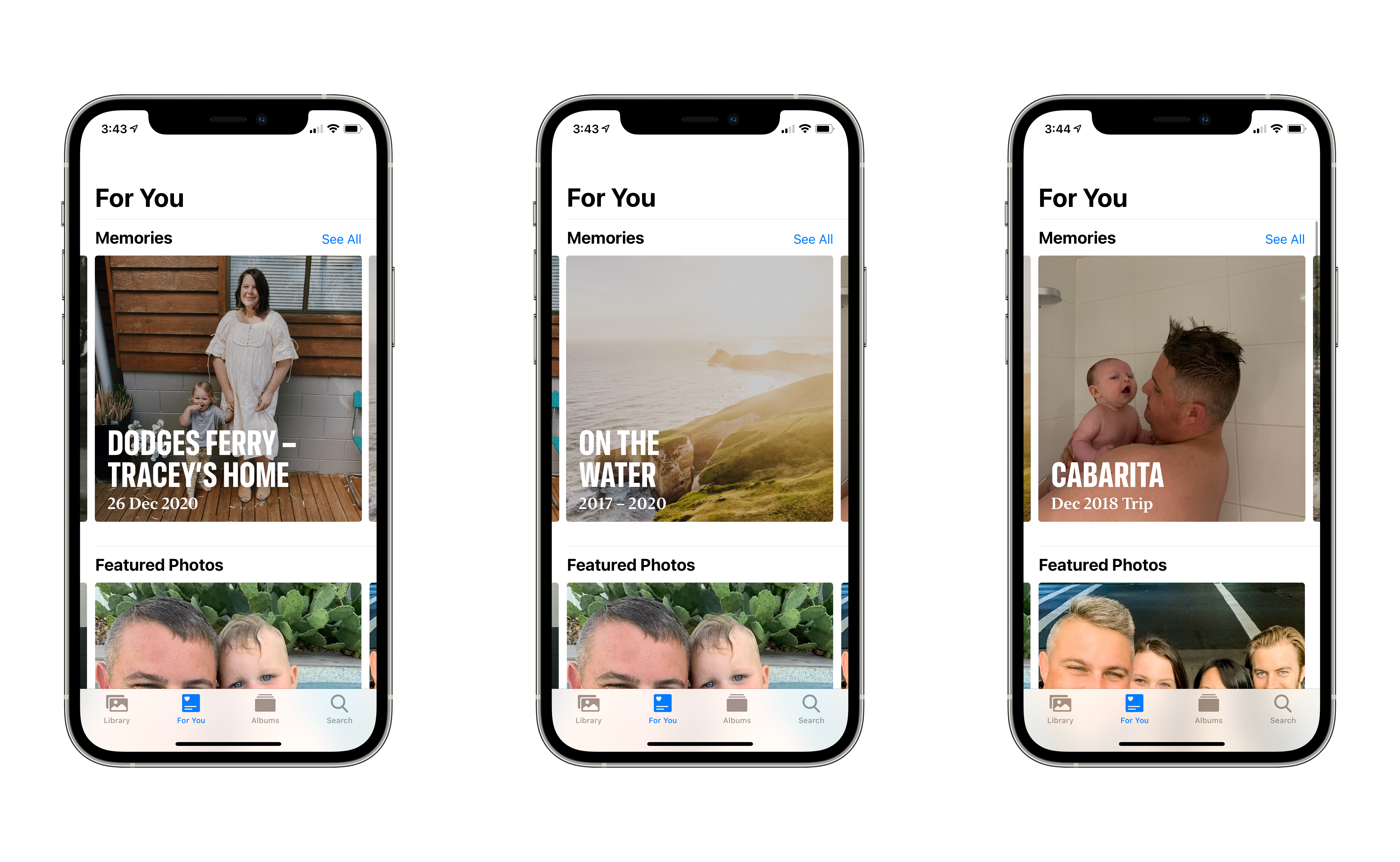
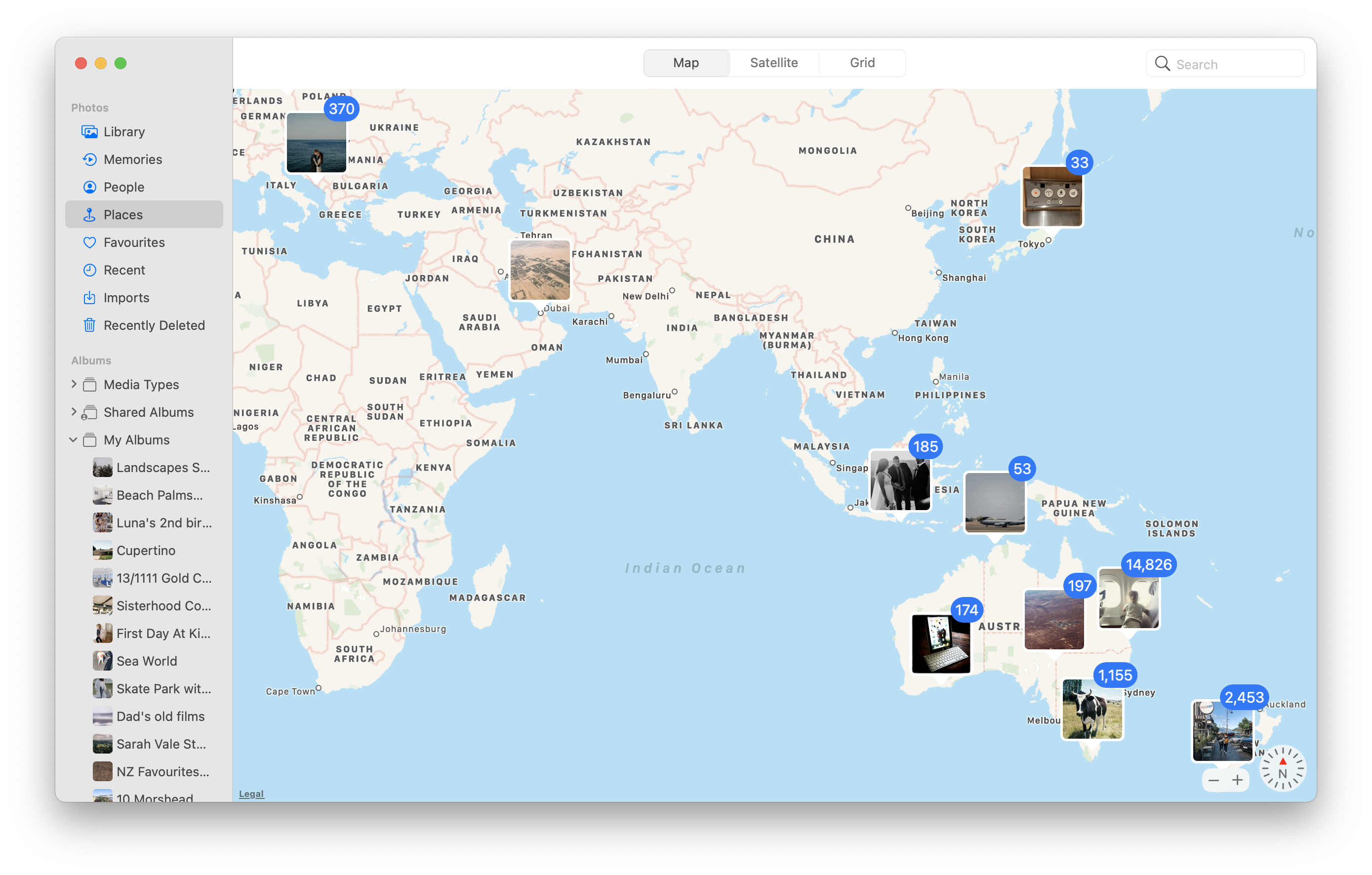
6. Who’s in the photo?: This step needs some time, because your iPhone literally needs to be plugged in, and in sleep mode, generally overnight, sometimes for a few nights. The process is about allowing Apple Photos to read your photos and detect faces. This all happens on device and at its own pace. I’ll go back to photos and see what faces have been detected and I’ll assign, or re-assign, the person name to that face so I could then search for photos of someone and find all of those photos in once search. This also adds into the memories feature. If Apple Photos hasn’t detected a face after a few days and I’m feeling pedantic, I’ll open Photos on my MacBook and in the Get Info window you can add faces manually.
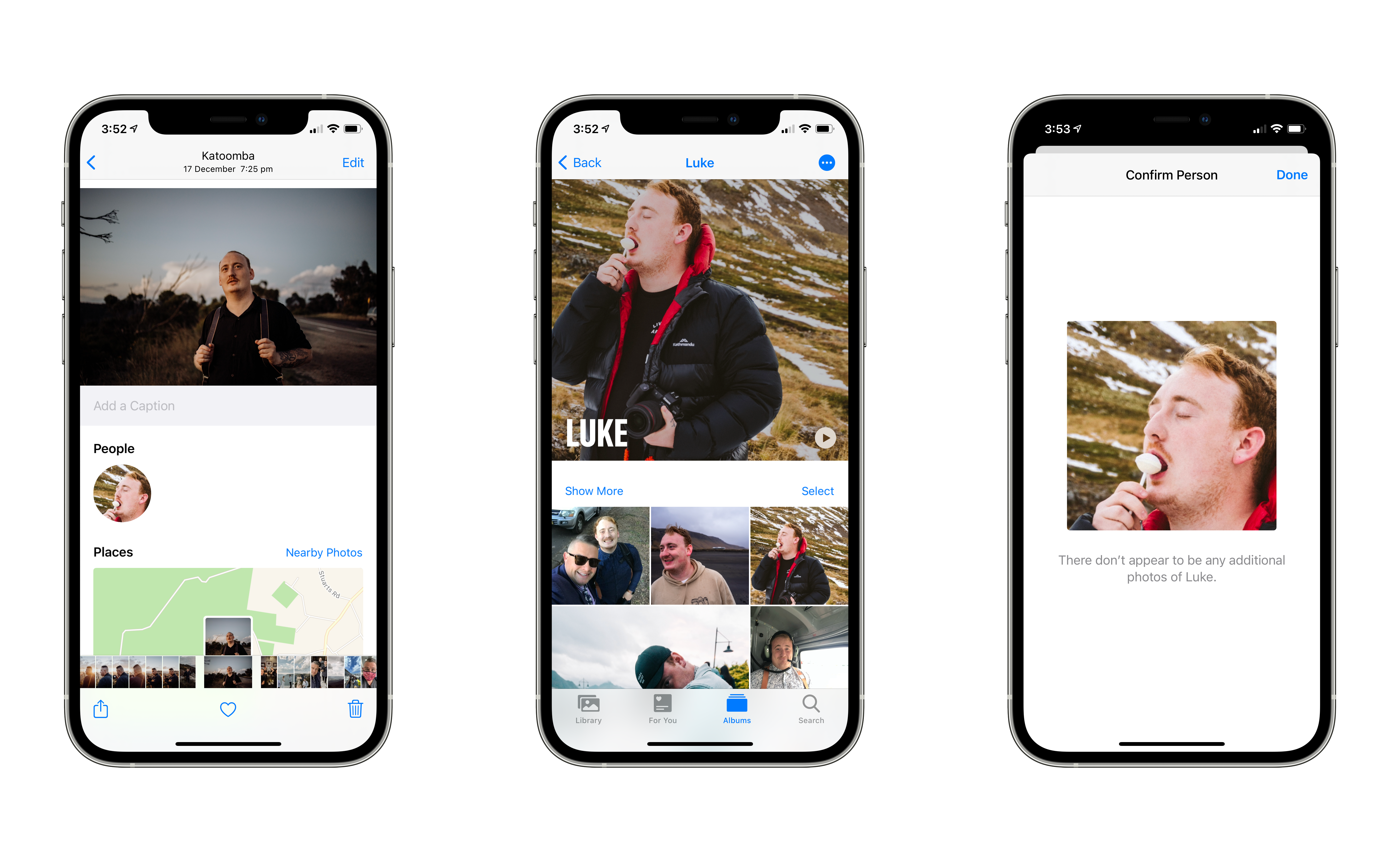
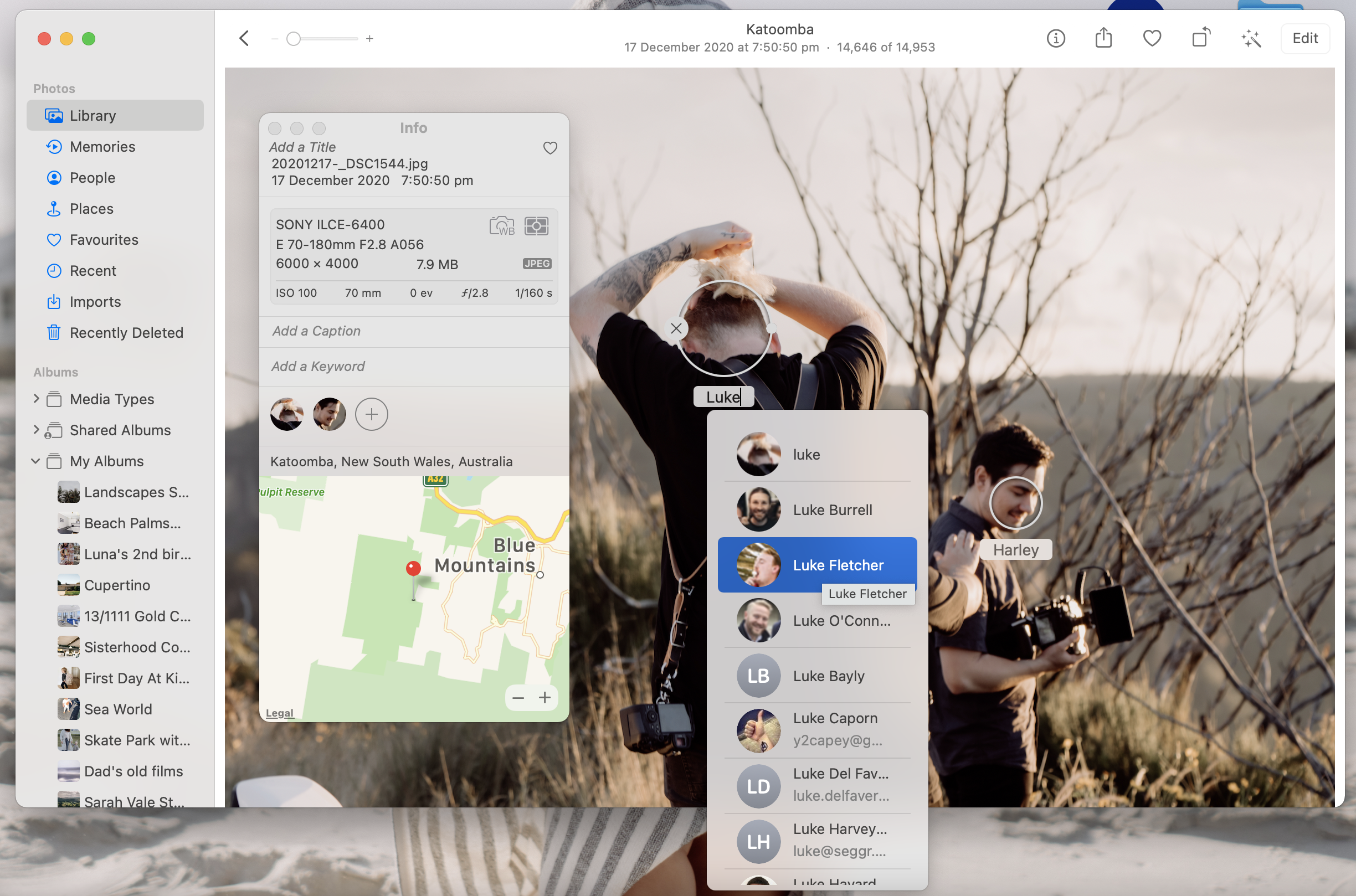
7. Captions and Albums: I’ll be honest, I have been lazy in this arena, but my goal is to caption photos accordingly, and if possible to also group them into manual albums based around events.
8. What if they’re professional photos?: We take as many opportunties as we can to have our photos taken professionally, and those photos are often delivered weeks later, often with not-correct date or time information, and with no geotag. I’ll import all of these photos to my Apple Photos app and manually correct date, time, and geotag using Metapho.
9. Backup: A final and important step is to make sure that Apple Photos on your device, and iCloud Photo Library in the cloud isn’t the only place these photos exist. You always need a backup. Mine is Google Photos - which I regret - and also in Backblaze. Ideally I’d have a physical backup but I’m just not there yet. A really good backup is to also print the photos. You’ll never regret hanging them on a wall or having the prints available to thumb through, like this photo of me as a toddler hanging at my aunty’s house.
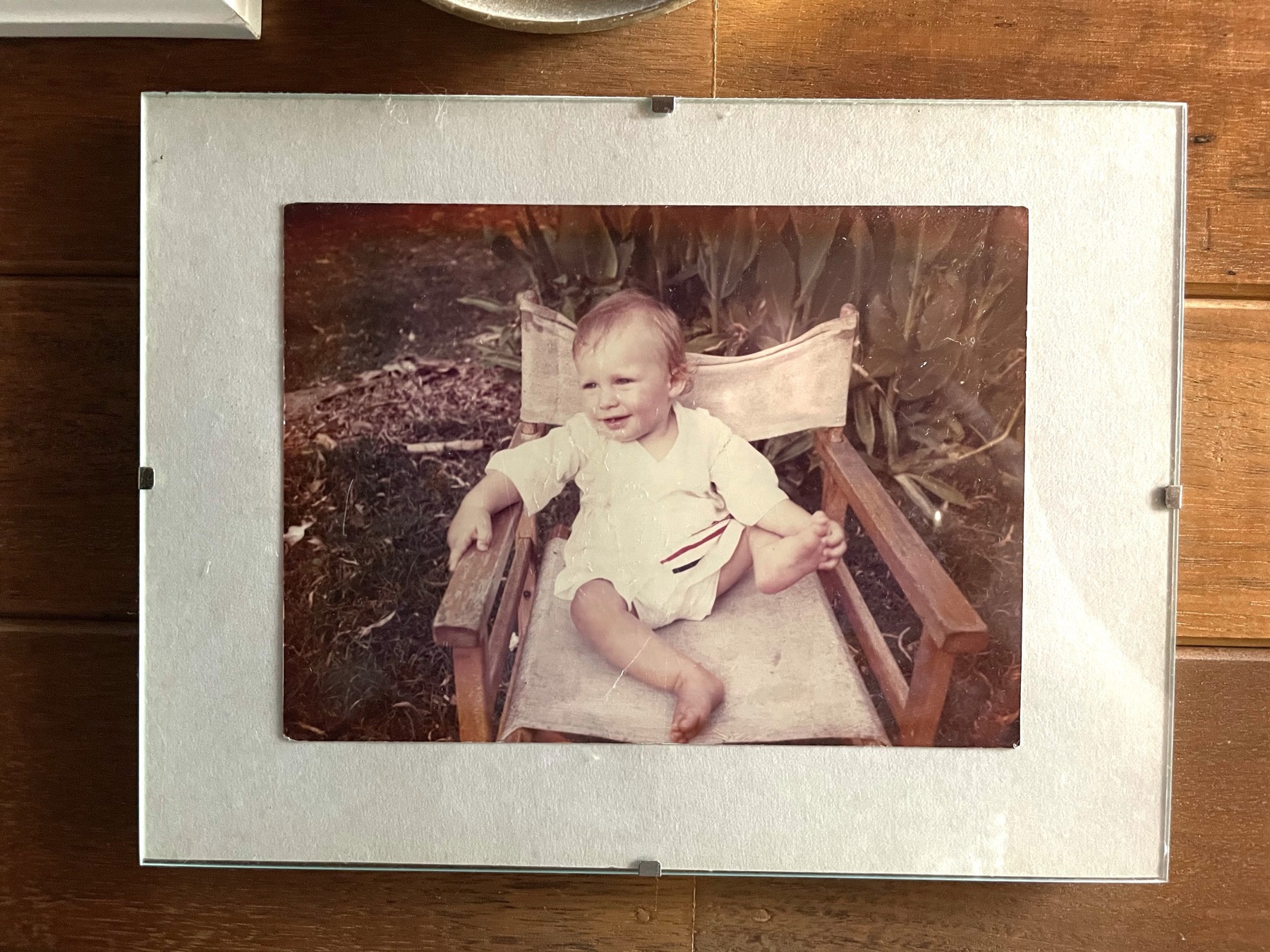
I hope this helped you formalise some sort of photo workflow for your own family and travel photos. It might not seem important today, but I can’t kick the feeling that in 30 years time it will really matter.
2014 article on ‘Silicon Valley data’ being the new ‘Wall Street debt’
“Built by geniuses, both products end up being deceptively cheap, morally corrupting, and of questionable long-term economic utility.”
My personal answer to this thought is that I’m barely “on Facebook.” I publish any and all thoughts, opinions, photos, et cetera, to my personal blog which is managed and published here on Micro.Blog, a social network that is beautiful in nature and inherently keeps my data personal. It’s business model isn’t sharing my personal data, it’s business model is to be a social networ, and it costs $5 a month, because if something is free you’re not the customer, you’re the product being sold.
The Damage Has Been Proven, So Why Are We Still on Facebook?
“If a host of reports, studies, articles, commissions of inquiry, books and films were produced about the dangers inherent in the use of a certain product – let’s say a medication or an automobile – the likely result would be a public outcry demanding the elimination of said product. But that’s not the case with Facebook. Why?”
— Haaretz
Light and cameras explained in the most technical but easily understood way. If you want to actually understand how a camera works, read this through.
If AirPods Max offend you, that is the correct response ... for you
An aspect of Apple’s strategy - marketing and business growth/sustainability - that is often forgotten when they launch products is this: filtering.
Not all of Apple’s products are for everyone. They’re for some people. If the AirPods Max as a device, or at that price, offend you - you’re being filtered out. Your response is the correct and desired response Apple wants you to have. If these were headphones for everyone they’d be $20 at a service station.
Honestly, it’s a good reminder for anyone and everyone. You can’t be the person, the service, the product for everyone. Even the world’s most popular drink, or social network, or car, or phone, cannot reach the entire addresable market.
It’s ok to be unpopular. In fact I would argue that being unpopular is the only way to happiness, financial sustainability, and the ability to sleep peacefully at night.
Popularity is eventually depressing, and mostly, a myth.
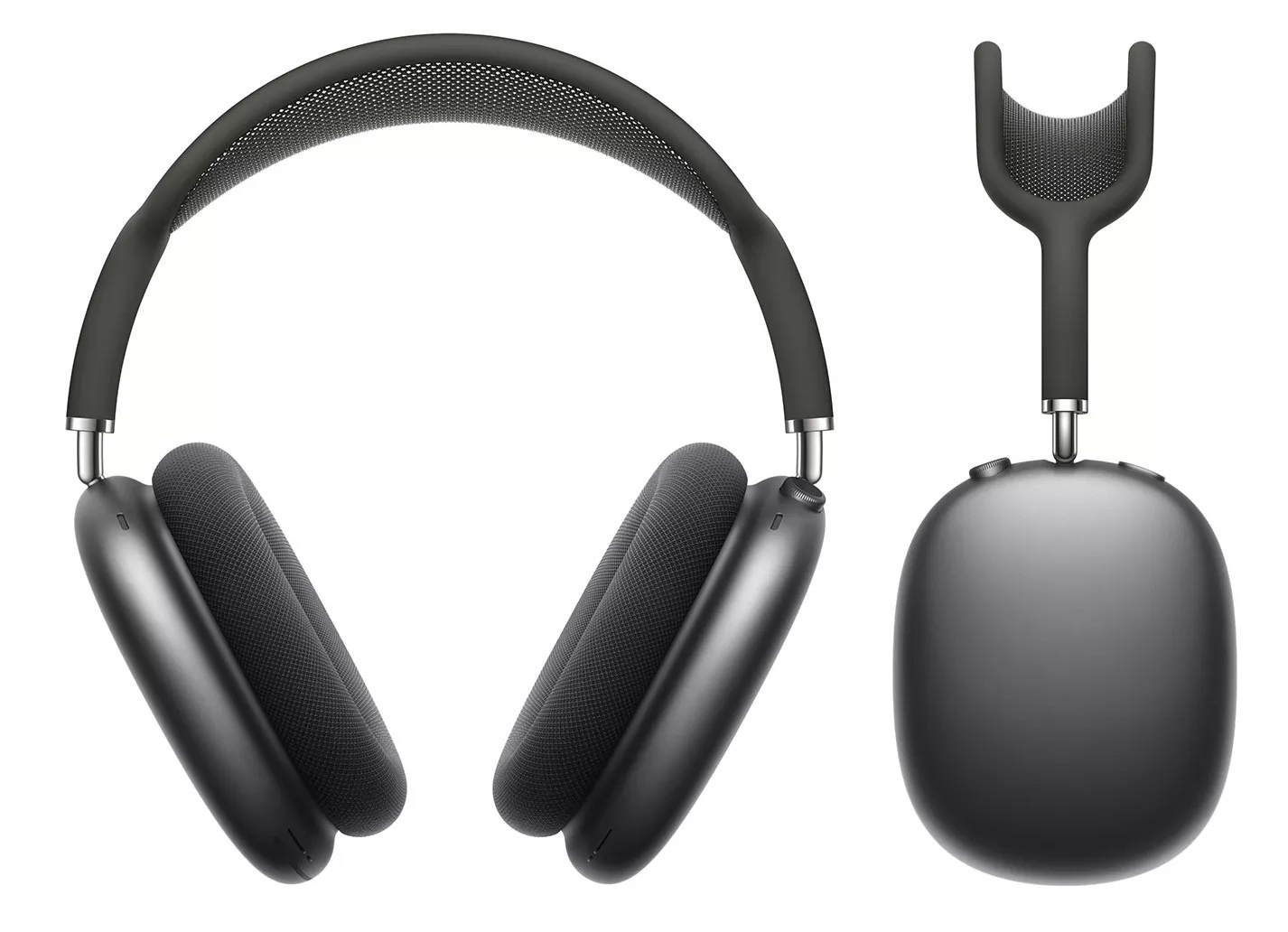
I’d neglected to mention weight/size in my reMarkable 2 review - so it’s been updated. The reMarkable is 18% smaller than the iPad Pro and weighs 15% less. When you’re talking about gadgets held in hands, that’s a difference.
